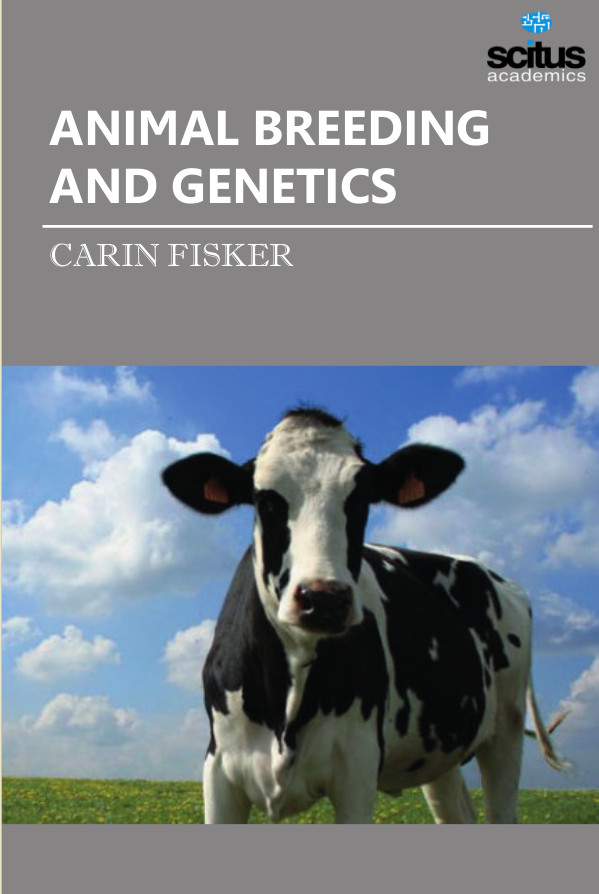From the very early days human beings depend on animals and animal products for food and other requirements. In dairy and poultry farms high yielding animals are reared. These high yielding animals are produced by hybridization experiments. Previously the animals were developed basing on unscientific methods. Before the discovery of principles of heredity human beings have selected the animals with required characters and learned to develop the plants having the selected characters. This phenomenon is called Artificial selection. However, an increased knowledge of biology, especially genetics, has helped in improving the quality of animals and animal products as per the human requirements. The revolution in genetic mapping technology and the advent of whole genome sequences have turned quantitative genetics into one of the fastest growing areas of biology. The animal breeding and genetics provide new scientific discoveries to age-old livestock production problems to help producers and consumers. Animal breeding addresses the evaluation of the genetic value of livestock. Selecting for breeding animals with superior EBV in growth rate, egg, meat, milk, or wool production, or with other desirable traits has revolutionized livestock production throughout the world. The scientific theory of animal breeding incorporates population genetics, quantitative genetics, statistics, and recently molecular genomics. The book animal breeding and genetics encompasses topics such as genetic variability, genetic testing, and animal breeding focuses on various aspects of animal heredity, or the passing of traits from one generation to the next. It is of valuable tool for students, researchers, professors and a variety of employers, including government agencies, zoos, and food producers.













